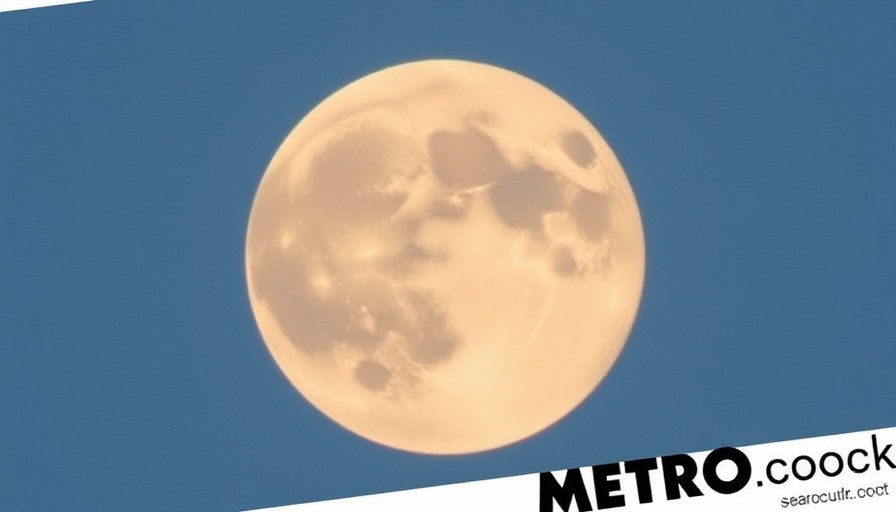
The Supermoon: A Celestial Delight Awaits in Dallas
The first supermoon of the year is making its grand appearance on the night of October 6, promising to be a stunning spectacle for skywatchers in the Dallas Fort Worth area. During this event, the moon will look significantly larger and brighter than usual, appearing up to 14% larger and 30% brighter than typical full moons, a phenomenon known as supermoon that occurs when a full moon coincides with its closest approach to Earth, also known as perigee.
What Is a Supermoon?
A supermoon occurs when the moon is at its perigee, approximately 224,600 miles (361,459 kilometers) from Earth. This closer proximity allows for a remarkable viewing experience for residents across the globe. According to NASA, while a supermoon enhances the moon's size and brightness, discerning its difference requires observational comparison. As Derrick Pitts, chief astronomer at the Franklin Institute, points out, ”If you go out and just look at the moon when it’s very high in the sky, there is nothing relative to it to give you an idea of how big it looks.” Nonetheless, this supermoon is a rare treat worth witnessing.
The Celestial Lineup: October's Night Sky
This October, the night sky is bustling with events beyond the supermoon. Following the full moon on October 6, skywatchers can enjoy the Draconid meteor shower, peaking around October 8. The Draconids typically yield around ten meteors per hour, although this year, their visibility may be impacted by the lingering brightness of the supermoon. For those disappointed by any missed shooting stars, the even more prosperous Orionid meteor shower will peak on October 21, promising around 20 meteors per hour, unimpeded by moonlight due to its timing with the new moon.
How to Make the Most of the Viewing Experience
As you prepare to appreciate this dazzling celestial event, consider locations that offer clear skies and low light pollution for optimal visibility. Parks and open spaces in and around Dallas Fort Worth can serve as excellent spots for stargazing. For residents looking to connect with others over this shared experience, why not organize or join a moon-viewing party? Sharing this moment with fellow astronomy enthusiasts can enhance the joy of witnessing cosmic wonders together.
Looking Ahead: Future Celestial Events
After this October supermoon, skywatchers can anticipate two more supermoons later this year, one in November and another in December. But the excitement doesn’t stop there; 2026 promises two significant lunar eclipses, offering yet another layer of astronomical beauty to look forward to in the coming years.
Getting Involved with Astronomy in Your Community
Interested in learning more about the cosmos and sharing that knowledge with your community? Consider participating in or hosting community events on International Observe the Moon Night, a nationwide initiative encouraging moon enthusiasts to celebrate our natural satellite. These gatherings can foster a sense of connection and curiosity among participants, making astronomy not just about looking at the stars but also about building community.
As the first supermoon of the year draws near, let this be a reminder to step outside, look up, and marvel at the wonders of the night sky.
 Add Row
Add Row  Add
Add 




Write A Comment